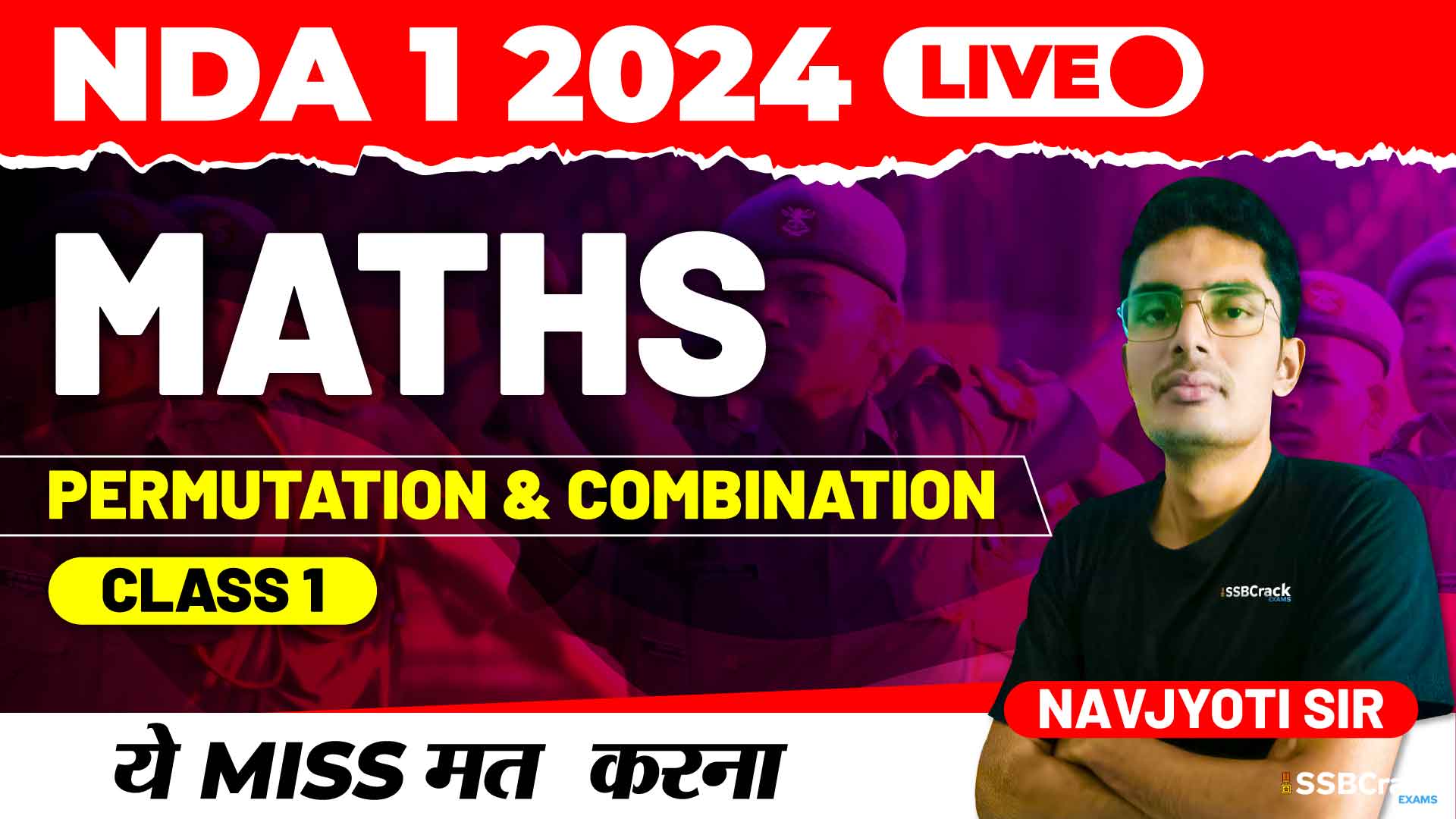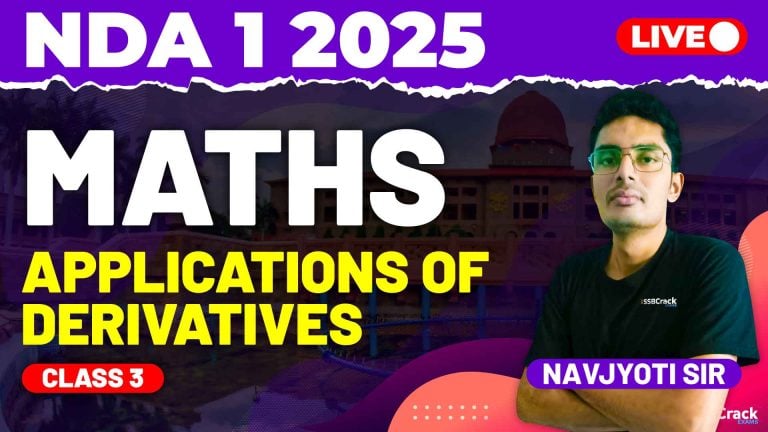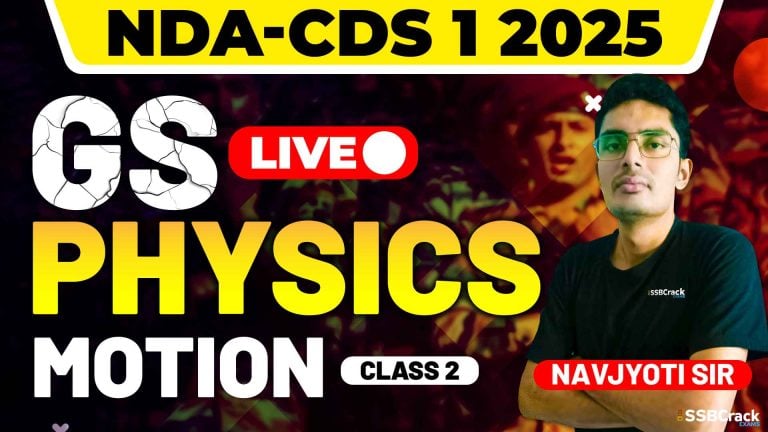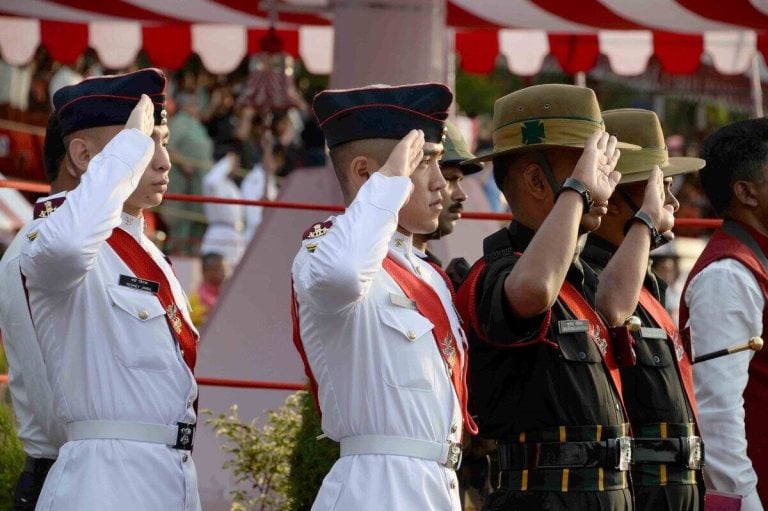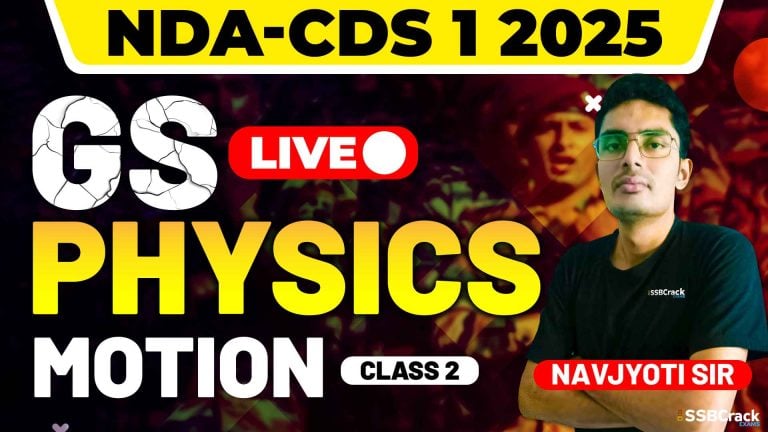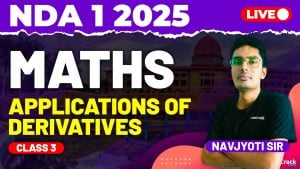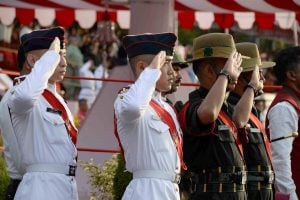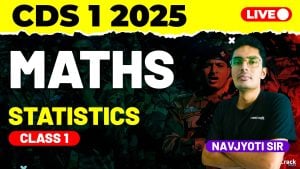In the journey of mathematics, permutations and combinations stand as fundamental concepts, with widespread applications in various fields, including probability, statistics, and combinatorial analysis. In Class 1 of the NDA 1 2024 Exam Maths session, students embarked on a comprehensive revision of these concepts, focusing on factorial, permutations, circular permutations, combinations, and associated formulas. Let’s delve into the key highlights of this class and understand the significance of mastering permutations and combinations for exam success.
Understanding Factorial
The class commenced with a review of factorial, denoted by the symbol “!”, which represents the product of all positive integers up to a given number. For example, 5 factorial (5!) equals 5 × 4 × 3 × 2 × 1 = 120. Factorials serve as the building blocks for permutations, combinations, and various counting problems, making them a fundamental concept in combinatorics.
Exploring Permutations
Permutations refer to the arrangements of objects in a specific order. In the class, students revisited the formulas associated with permutations, which involve arranging objects without repetition or considering repetitions. For instance, the number of permutations of n distinct objects taken r at a time is given by nPr = n! / (n – r)!. Through examples and exercises, students reinforced their understanding of permutation formulas and their applications.
Circular Permutations
Circular permutations represent arrangements of objects in a circular manner, where the order of objects matters but the starting point is arbitrary. The class delved into the formulas associated with circular permutations and explored scenarios where circular arrangements occur, such as seating arrangements around a circular table or arranging beads on a circular necklace. By understanding circular permutations, students expanded their problem-solving skills to scenarios involving circular arrangements.
Exploring Combinations
Combinations involve selecting objects from a set without considering the order in which they are chosen. The class revisited the formulas associated with combinations, which determine the number of ways to select objects from a larger set. For example, the number of combinations of n distinct objects taken r at a time is given by nCr = n! / (r! × (n – r)!). Through practical examples and exercises, students mastered the concept of combinations and their applications in various scenarios.
Reinforcing Concepts Through MCQs
The primary focus of Class 1 was on revising permutations and combinations of concepts through Multiple Choice Questions (MCQs). MCQs provided students with opportunities to apply permutation and combination principles, test their understanding, and identify areas for improvement. By solving a variety of MCQs, students honed their problem-solving skills and prepared themselves for success in the NDA 1 2024 Exam.
Conclusion: Building Proficiency in Permutations and Combinations
In conclusion, Class 1 of the NDA 1 2024 Exam Maths session offered students a comprehensive review of permutations and combinations concepts, including factorial, permutations, circular permutations, combinations, and associated formulas. By mastering these concepts and honing their problem-solving skills through MCQs, students built proficiency in permutations and combinations, equipping themselves for success in the exam and beyond.

